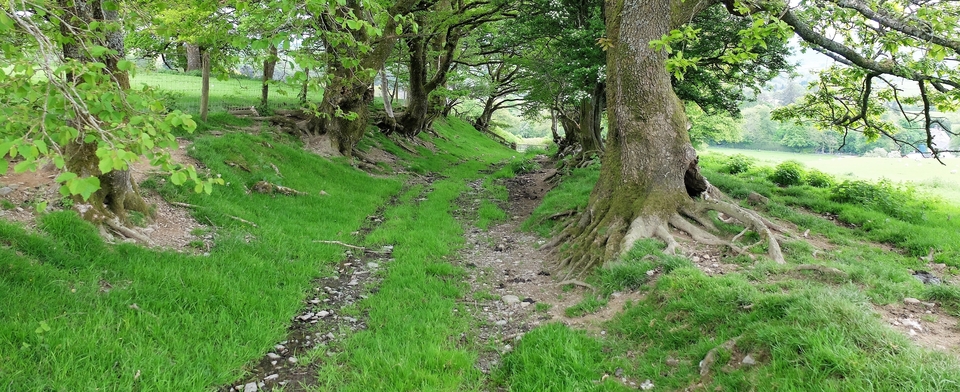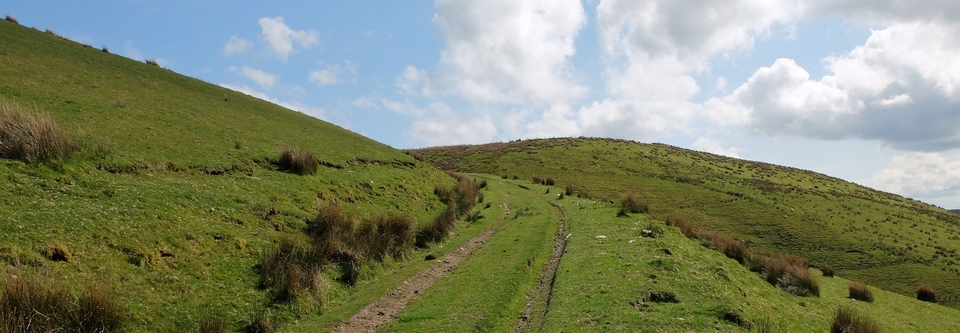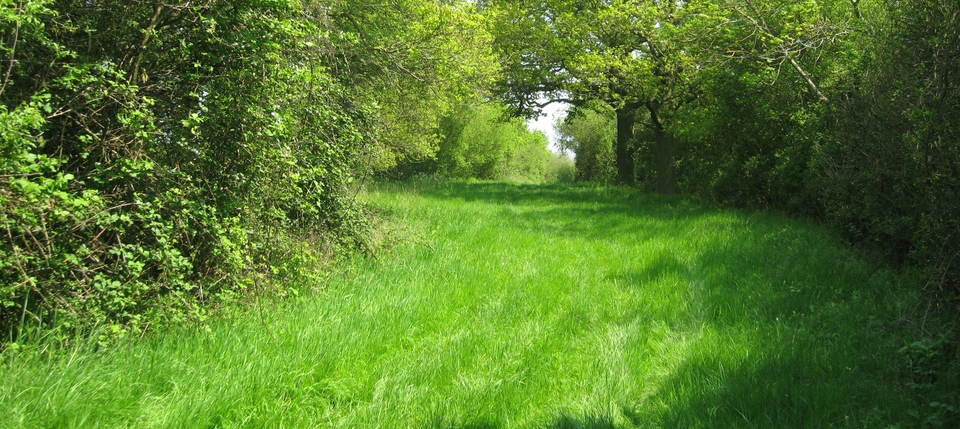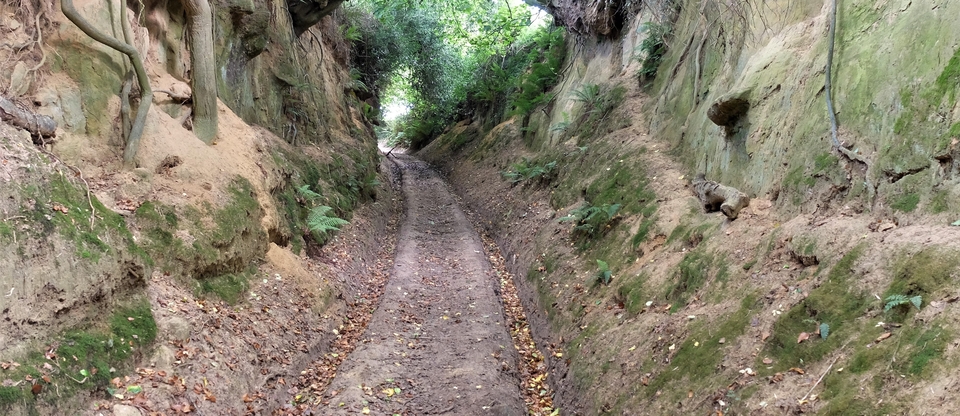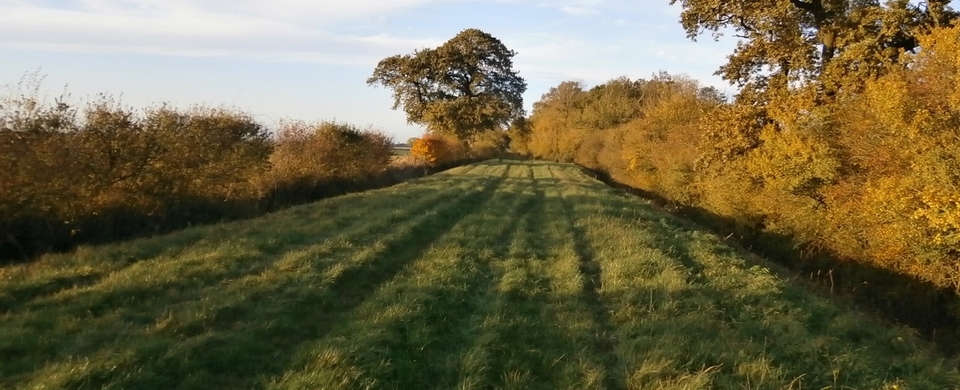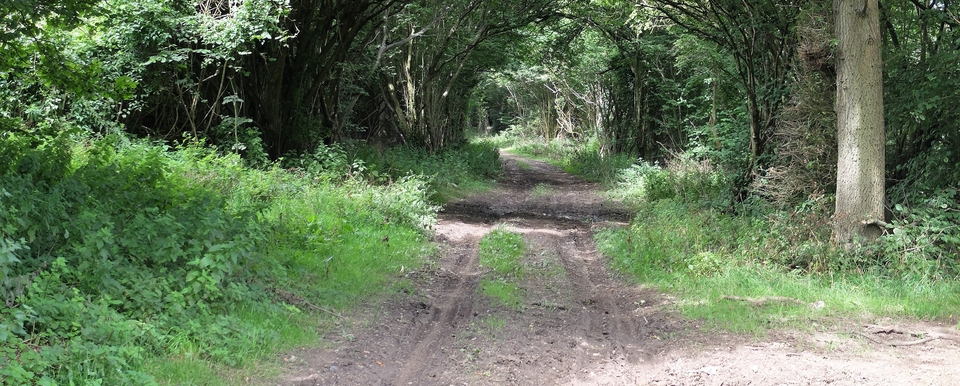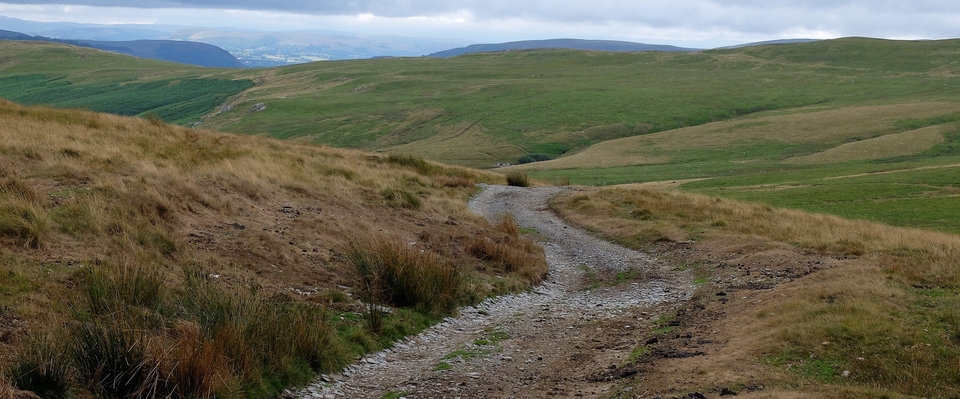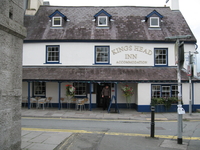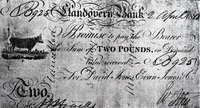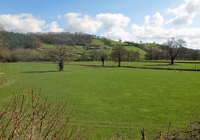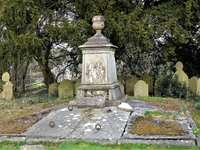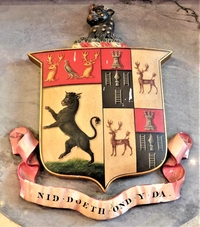The Bank of the Black Ox
…or Banc yr Eidion Ddu, founded by David Jones of Llandovery in 1799.
The Main Problem, before the Black Ox Bank, was highwaymen - or, more commonly, muggers. Anyone in charge of a drove had to carry at least £100 to pay for expenses on the way down to London, and possibly thousands on the way back1.
How did it Work (before the BOB)?
The Buying
A fortnight or so before the drove was due to start off, the dealer or his agent would “attack the country”, i.e. go from farm to farm, buying stock. He knew what he was looking for: hardy beasts, probably over two years old, that fitted the requirements of his customers at the London end.
Unless he had grown wealthy in the trade, he would need loans from banks or credit from the farmers. If a loan, he could use the backing of a bank to give the farmer a bill of exchange for the cost of his beasts. This was an IOU for the money, payable within three months2. The snag for the farmer: the bank would not cash his bills at face value if disease struck or prices fell3. Snag for the dealer: he knew he could buy the beasts cheaper if he offered cash…
If the farmer offered credit to a dealer he trusted, all he would get was the “spit & slap” of an agreement (plus, if he was lucky, a bill of exchange). Then he would hear nothing for about seven weeks: three for the journey, two while the drover tramped from fair to fair and waited for payment, two more for the return. And all the time the farmer would be praying that his money was safe. (It often wasn't. See 'How it Worked' under the Background History tab for reasons why.)
Setting Out
Farmers were told to bring their beasts down to a starting point4 by a certain date and time. (The sight of black cattle converging in streams from every direction must have been an exciting sight.) On arrival they would be shod before the journey eastwards on to metalled roads5. This delay had an advantage later on: the animals had time to sort out their hierarchy, so that when they set off, the dominant ones would lead and the rest would follow.
Enter David Jones
DJ had worked at the King's Head (#1) in Llandovery when he was a lad of 15 and had witnessed dealers asking the landlord to keep their money safe. The town was a perfect spot for drovers to gather, buy and sell because it was on a wide plain in the Towy River valley, so not only was water plentiful, but also pasture - see #3. Many years later DJ married an heiress who let him use ten thousand pounds to set up a bank in that same inn. Banc yr Eidion Ddu, The Bank of the Black Ox, was born in 1799, but it was different.
Too many small banks had fallen by the wayside. To make sure his (her!) money was safe he asked two men he trusted completely to be his first two customers, then asked them each to pick two more, and so on. The clientele was to consist entirely of stockmen and only these were allowed to handle the famous Black Ox banknotes (#2), which to thieves were thus worthless6 He could now lend any amount of cash to his clients so beasts could be bought more cheaply. The farmers liked the payment-guarantee as well.
When the beasts were sold in London, the dealer gave his gold to the Black Ox agent to bank for him. His credit would be waiting for him in Llandovery when he returned to Wales. The big problems were solved.
Eventually there were three branches of the BOB: Llandovery, Lampeter & Llandeilo, run in the 1820's by DJ's three grandsons. Local trust in the bank was so high that during a financial panic in 1825 the BOB ordered extra Bank of England notes in case there was a run. One depositor refused to accept them.
In 1840, on the day of David Jones' funeral,180 of his tenants and 200 horsemen were amongst the procession at Cilycwm. Every shop in Llandovery pulled down its shutters. It was as if royalty had died. What a shame that the tomb in Cilycwm churchyard is now so neglected (#4).
The memorial to DJ's younger brother Daniel on the south wall of Cilycwm Church is, however, splendidly pretentious. Underneath the inscription is the family crest, topped by a black ox covered in gold coins (#5). (What a shame that the beast was replaced by a trio of anodyne stags later on in order, as Tom Lloyd has written, to hide the family's humble roots.) The motto reads "Not Wise but Only Good" - thanks to Joseph Hassell of the BBC for translating what I should have done myself. For Good, read Honest. It was honesty, not cleverness, that brought the wealth.
In 1909 the BOB became part of Lloyds, and in 1915 the famous Black Ox was replaced by a Black Horse. Not worth so much now, then? (Prospect House, the home of Lloyds in Llandovery was closed a few years ago, so the last link to BOB has gone from the town.)
1 On the outward journey the cattle would also make them easily visible. No wonder they carried guns. On the way back they sewed money into their clothing. “Useful” men who wanted to join them on the return journey, like sailors who had jumped ship, were welcomed.
2 These bills were often passed from farmer to farmer in payment of local debts, i.e. used as banknotes.
3 Another snag for the farmer: if winter was round the corner his beasts would starve unless he got rid of them. Also his rent was often due and how else would he pay it? It was a buyers' market.
4 There were over 30 market towns in West Wales from where droves started out. The most used seem to have been Newcastle Emlyn, Haverford West, Machynlleth & Cilgerran.
5 Some northern drovers asked the farmers to mark their beasts before the drove: some of these were branded, some had patterns or initials cut in the fur.
6 There are many amusing stories about drovers being waylaid by prostitutes - mainly in London when their pockets were full. The cash disappeared, obviously, but many BOB notes were found hidden in walls because the women knew they were useless - and incriminating.
